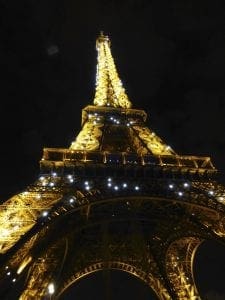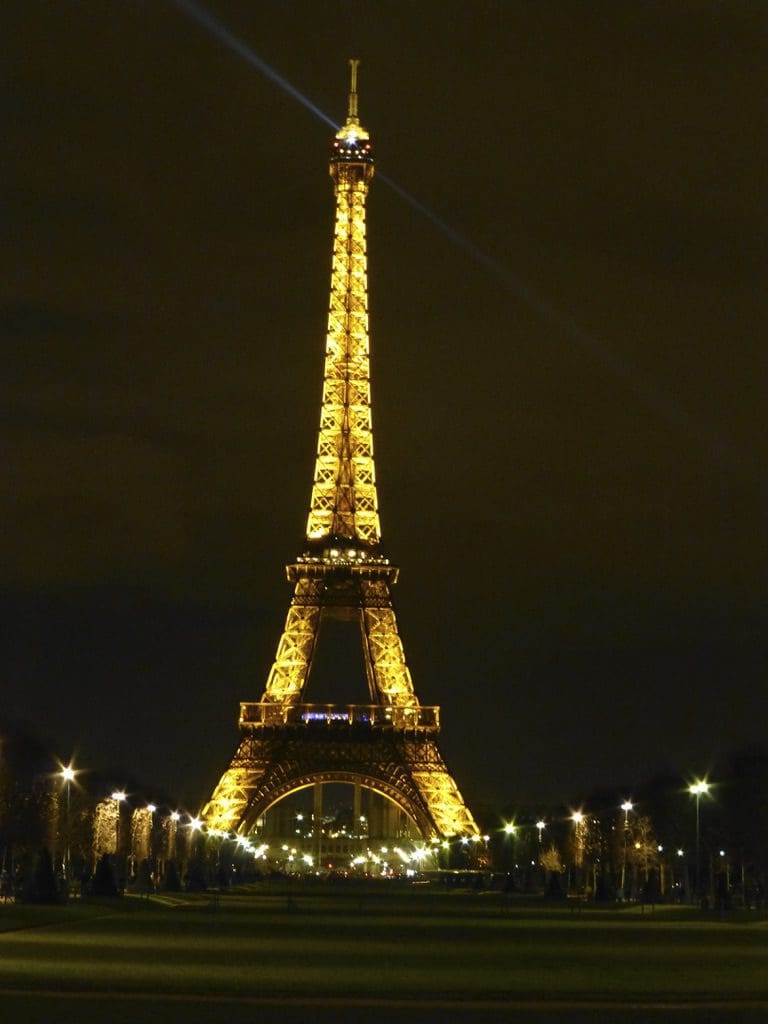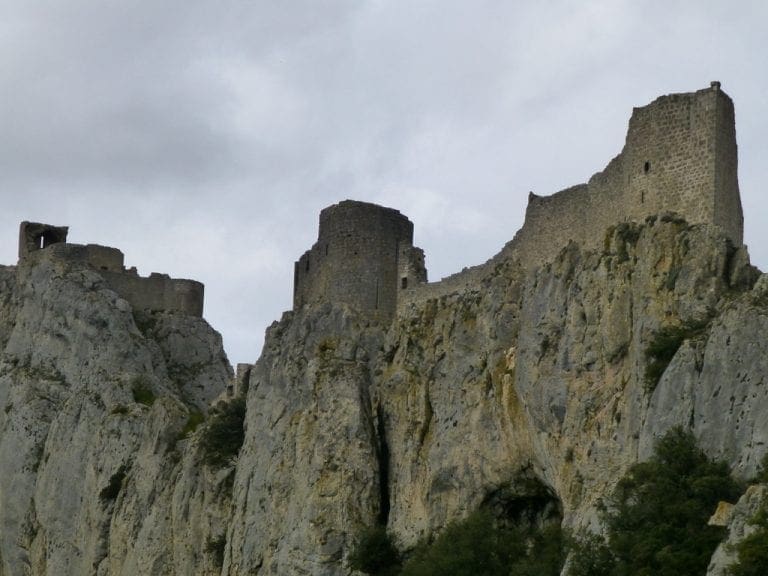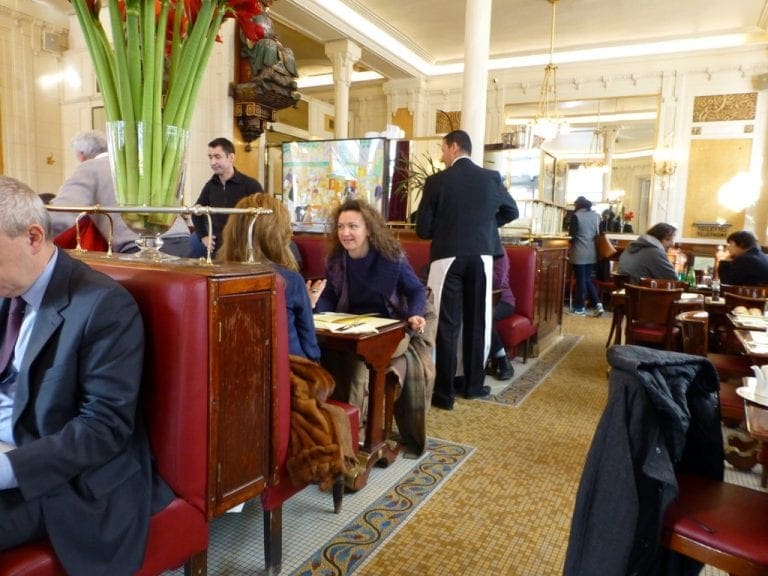I am the Eiffel Tower – a Paris icon

I am the Eiffel Tower – a Paris icon
I am a puddled iron lattice tower located on the Champ de Mars in Paris, and named after the engineer Gustave Eiffel, who company designed and built me in 1889 as the entrance arch to the 1889 World’s Fair to celebrate the 100th year of the Revolution. I have become both a global cultural icon of France and one of the most recognizable structures in the world. I am owned by the city of Paris.
I stand 320 metres tall, about the same height as an 81-story building. During my construction, I surpassed the Washington Monument to assume the title of the tallest man-made structure in the world, a title I held for 41 years, until the Chrysler Building in New York City was built in 1930. However, because of the addition of the antenna on my top, in 1957, I am now again taller than the Chrysler Building. Not including broadcast antennas, I am the second-tallest structure in France, after the Millau Viaduct.
I am the most-visited paid monument in the world; 7.1 million people ascended me in 2011. My third level observatory’s upper platform at 279.11 m is the highest accessible to public in the European Union. I received my 250 millionth visitor in 2010.
My puddle iron structure weighs 7,300 tonnes, and my entire structure, including non-metal components, is approximately 10,000 tonnes. As a demonstration of the economy of design, if the 7,300 tonnes of the metal structure were melted down it would fill my 125-metre-square base to a depth of only 6 cm. Depending on the ambient temperature, my top may shift away from the sun by up to 18 cm because of thermal expansion of the metal on the side facing the sun. My height varies by 15 cm due to temperature. 50 to 60 tonnes of paint are applied every seven years to protect me from rust. To enhance the impression of height, three separate colours of paint are used, with the darkest on the bottom and the lightest at the top. The colour of the paint is changed according to fashion; I am currently painted a shade of bronze. It costs $5,300,000 to repaint me each 7 years.
The names of seventy-two French scientists, engineers and some other notable people are engraved on my side in recognition of their contributions. This is according to the design by Gustave Eiffel. The engravings are found on my sides under the first balcony. The engraving was painted over at the beginning of the twentieth century and restored in 1986–1987. The letters were originally painted in gold and are about 60 cm high. The repainting of 2010/2011 restored the letters to their original gold colour.














